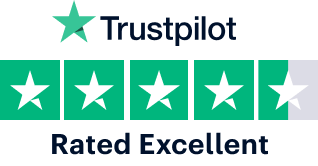deploybutton.com is for sale
deploybutton.com
is for sale
deploybutton.com
We've got your back
We get these questions a lot
Your burning questions about domain sales, answered.
How does your domain ownership transfer process work?
No matter what kind of domain you want to buy, lease or rent, we make the transfer simple and safe. It works like this:
Step 1: You buy, rent or lease the domain name
You will find the available purchasing options set by the seller for the domain name deploybutton.com on the right side of this page.
Step 2: We facilitate the transfer from the seller to you
Our transfer specialists will send you tailored transfer instructions and assist you with the process to obtain the domain name. On average, within 24 hours the domain name is all yours.
Step 3: Now that the domain is officially in your hands, we pay the seller.
And we’re done! Unless you require our assistance. Our transfer team is available for free post-transfer assistance.

